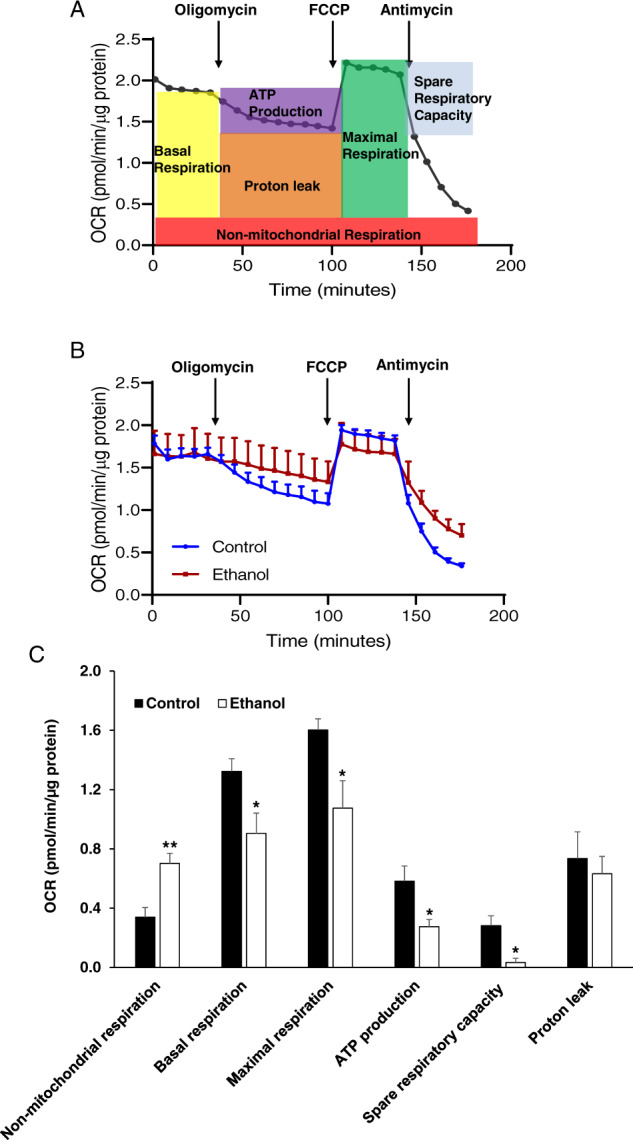Fig. 4. The effect of ethanol (230 mg/mL, 6 h) on the mitochondrial respiratory capacity of iPSC line 1-derived cerebral organoids.

A The diagram depicts the trace of oxygen consumption rate (OCR) on cerebral organoids after sequential administration of 10 µM oligomycin [adenosine triphosphate (ATP) synthase inhibitor], 10 µM carbonyl cyanide-4-(trifluoromethoxy)phenylhydrazone (FCCP; uncoupler of oxidative phosphorylation in mitochondria), and 10 µM antimycin A (electron transport chain blocker by inhibiting complex III). The profiles of fundamental parameters of OCR including mitochondrial and non-mitochondrial function measured are basal respiration, ATP production, proton leak, maximal respiration, spare respiratory capacity, and non-mitochondrial respiration that were marked with a different color in the schematic. B OCR traces of control and 230 mg/dL ethanol-treated cerebral organoids for 6 h in response to oligomycin, FCCP, and antimycin A. C OCR parameters (basal respiration, ATP production, maximal respiration, and spare respiratory capacity) representing mitochondrial function in ethanol-treated cerebral organoids were significantly reduced while non-mitochondrial respiration was increased following ethanol exposure. n = 4, **P < 0.01, *P < 0.05 vs. control organoids.
